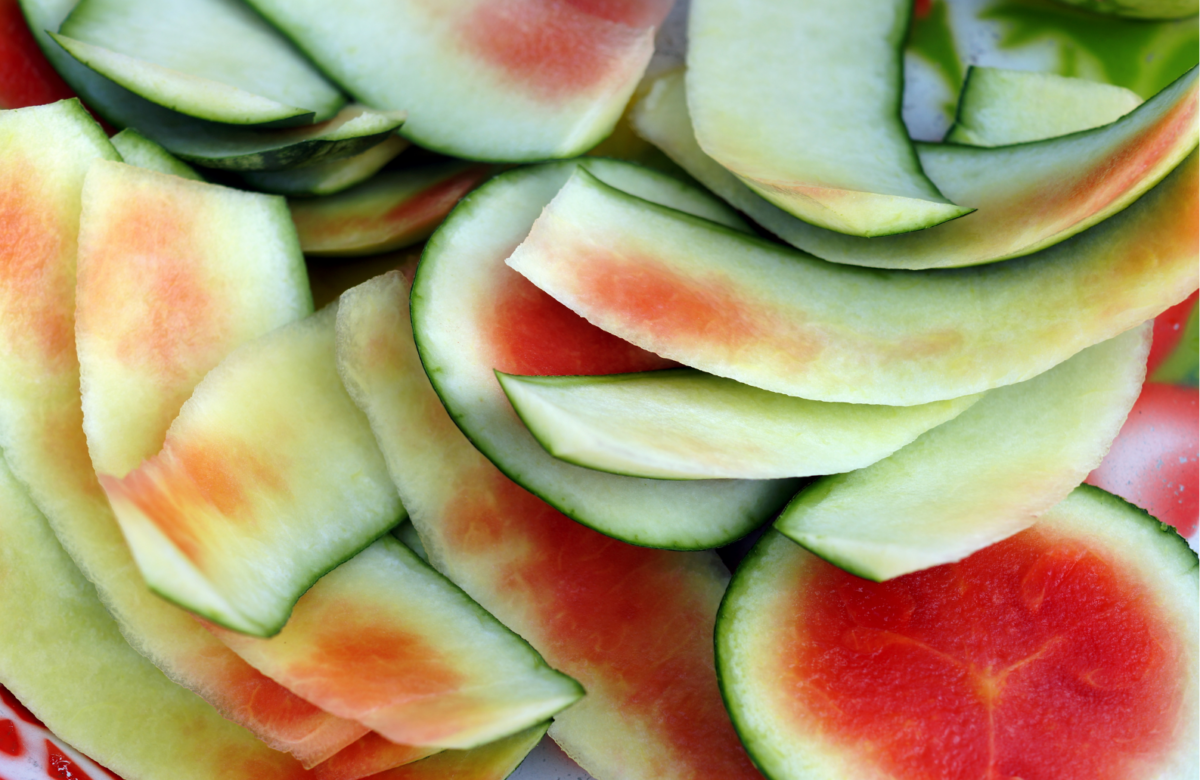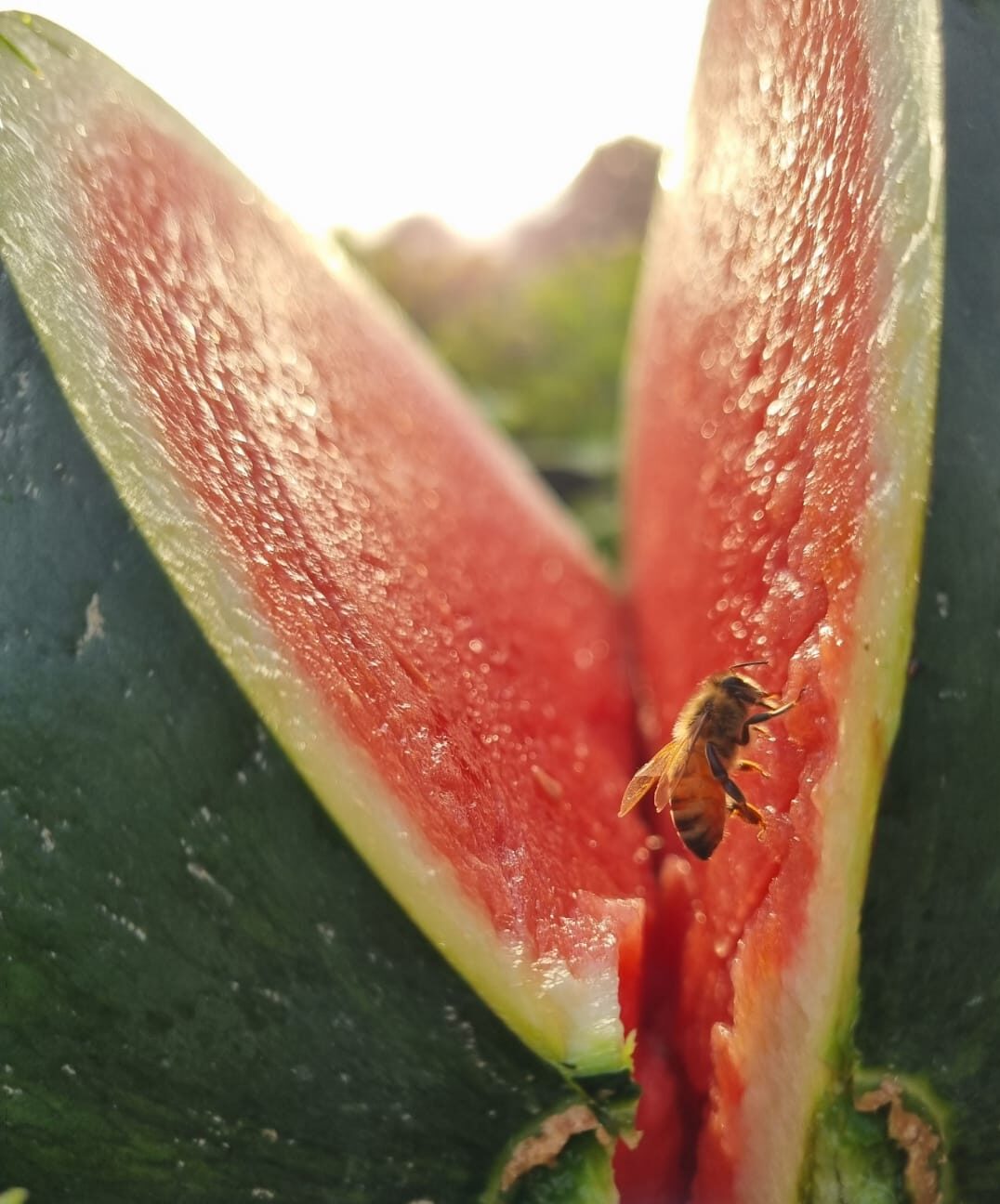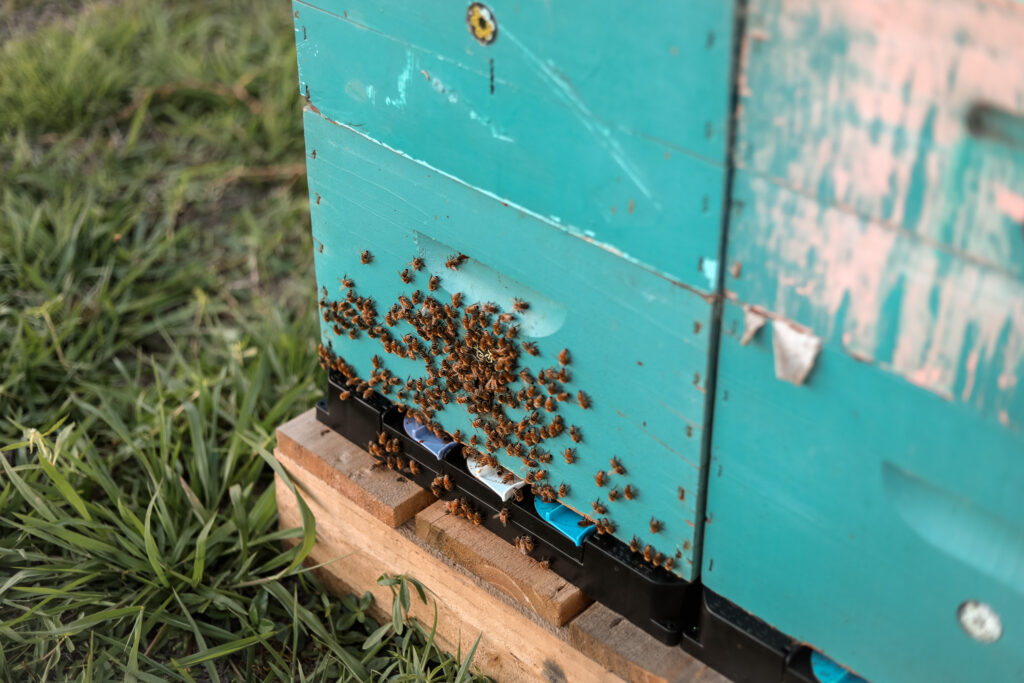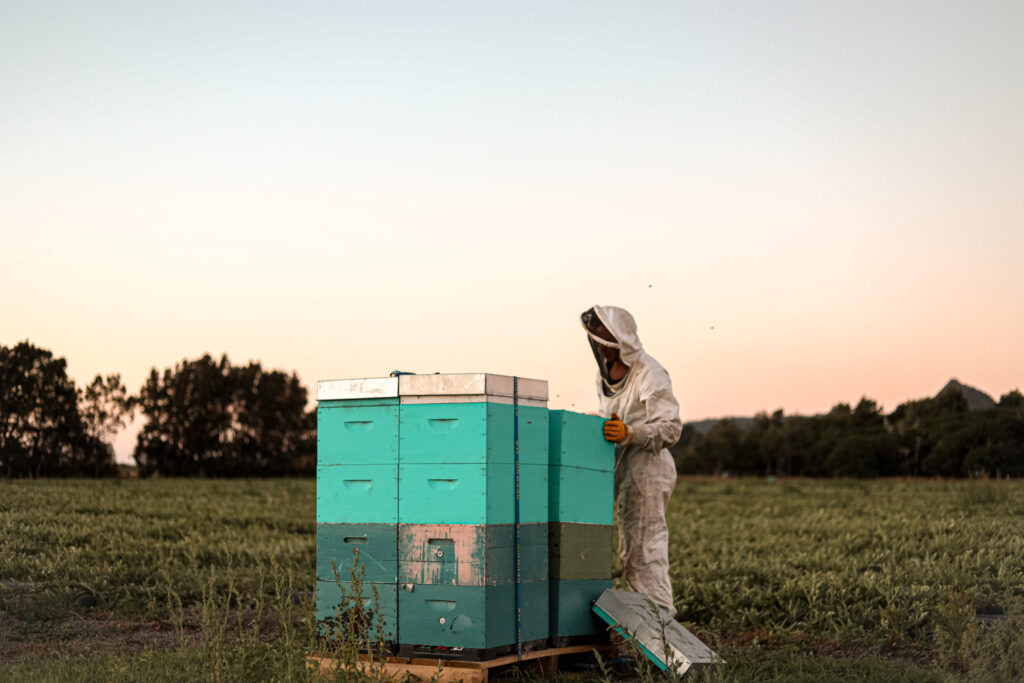We all know the benefits – both in taste and nutrients – of eating watermelon. But did you know the watermelon rind also contains a lot of additional vitamins and minerals?
Because lets face it, there is lot of the watermelon that turns to waste once we cut, dice or portion it…so lets look at some ways we can make use of the rind!
According to Northwestern Health Sciences University, the watermelon rinds are lower in sugar and higher in fiber than the flesh of a watermelon. When eaten with the the rest of the melon, it helps slow down sugar absorption in the gut and mellows the rise in blood sugar.
So what is the watermelon rind?
It is is the inside of the watermelon between the green skin and the red watermelon flesh. Some varieties we have are thin-skinned varieties, which means you have very little waste once you’ve portioned your red watermelon!
But believe it or not, you can put the rind to good use and there’s a few reasons why…
Extra nutrient boost
While watermelon contains a host of benefits for those doing intense workouts or training programmes (not to mention the massive hydration boost!) a lot of extra nutrients can be found in the rind!
The rind contains L-citrulline. This is an amino acid with antiozidant, anti-inflammatory and cardioprotective effects. This boosts athletic performance and may help reduce blood pressure.
And did you know yellow watermelons have 3 x more citrulline in the rind that red watermelons?
Add to your Skincare Routine
Sunburnt? Look no further than a watermelon rind next time! It is reported that Korean grandmothers used to rub watermelon rinds on sunburn, rashes or irritated skin to soother it and help it recover faster. They are related to cucumbers after all, both being members of the cucurbitaceae family.
How to prepare watermelon rind:
Once you have prepared your watermelon how you like it – chunks, slices or however your family like to enjoy it most. Set the skins aside and taking a knife, carefully remove the green ‘skin’ and set aside the watermelon rind ( the white layer right next to the vibrant pink flesh ).






